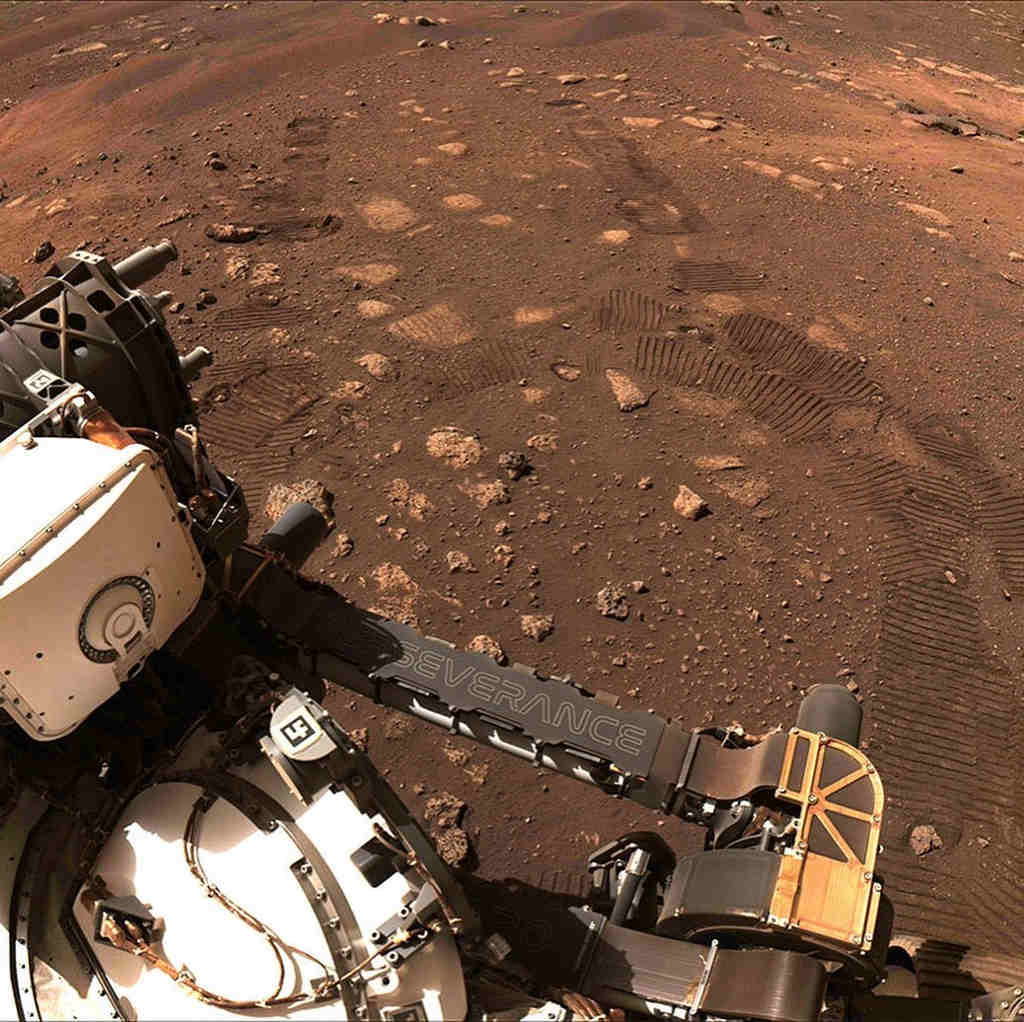US space agency NASA has announced it is extending its Mars helicopter mission as the first three flights of the drone, called Ingenuity, had worked so well it would now be moving from a demonstration to an operational phase.
The helicopter will now support NASA’s Perseverance Rover which is looking for signs of life on Mars.
“The technical performance has been fantastic and it is exceeding all our expectations,” BBC quoted MiMi Aung, Ingenuity’s project manager as saying.
The 1.8 kg chopper lifted off in the extremely thin Martian atmosphere and hovered at a height of 2 metres for about 40 seconds before landing. For its second and third flight, it flew further afield, rising to a height of 5 metres before speeding off laterally for 50 metres and then returning to its landing spot.
Nasa’s original plan was to then carry out two more flights, before grounding Ingenuity to bring the technology demonstration to a close.
However, the US space agency said it is so pleased with the helicopter’s performance that it wants to push Ingenuity further.
Bob Balaram, Ingenuity’s chief engineer, said: “It's been riding the winds, it's been taking off great, all the engineering systems, the solar panel, the battery, the radio have all been working very well – everything has just been fantastic,” according to BBC.
Ingenuity will now work with Nasa’s Perseverance Rover, as it starts to explore the Jezero Crater – a region of Mars that was once a lake.
The rover will be looking for rock samples that it can study with its onboard laboratory – its ultimate aim is to find signs of life.
In the helicopter’s new operational phase, it will fly up to a kilometre ahead of the rover, scouting for promising geological features and exploring areas that Perseverance cannot reach.
It will also make digital elevation maps, helping scientists to better understand the terrain.




















